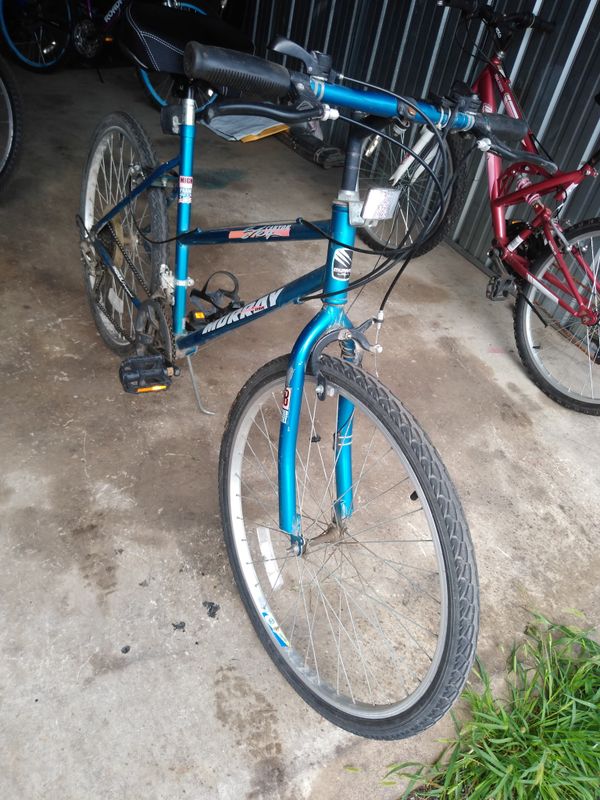
They are more flexible than natural rubber and they tend to age better (with less perishing due to their age) and they are also slightly more puncture resistant. Generally speak these inner tubes us a mix of natural and synthetic rubber. Our honest opinion is that they’re both very similar but some riders will only go for one type, so we thought it best to explain to you their different properties.īutyl rubber is a synthetic rubber. There are two types of rubber used to create inner tubes.

However, if you’re consistently riding at over 40mph, go for a thinner tube. Off-road riders will know to run their tyres at lower pressures and this can sometimes cause punctures but a thicker inner tube will reduce the chances of picking up a self-inflicted puncture.

On the flip side, if you’re riding off-road, it makes sense to use a thicker inner tube, which will be more resistant to snake bites and pinch flats. An inner tube will deteriorate and ultimately fail if subjected to too much heat which will happen pretty quickly if you run a heavy-duty one on the road. You want as little heat build up as possible. Unlike with off-road riding, road riders won’t pick up a pinch-flat on the road, so it doesn’t make sense to use a thicker inner tube. A thick inner tube will overheat on a road bike due to the temperature of the tyre’s carcass and the inner tube’s rubber being overworked and not being able to shed this kinetic energy. You shouldn’t run a heavy duty or ultra-heavy-duty inner tube on a road bike or if you’re riding an off-road bike at high speeds. If you are riding on the road, you want the inverse of what you’d need off-road. Thickness is about puncture resistance but don’t just go for the thickest inner tube you can find. These are – annoyingly – almost never listed on the inner tube’s packaging but some might just say ‘Heavy Duty’ or ‘Ultra Heavy Duty’.

Motorcycle inner tubes come in a variety of thicknesses but the common sizes are: 1.5mm, 2mm, 3mm and 4mm.


 0 kommentar(er)
0 kommentar(er)
